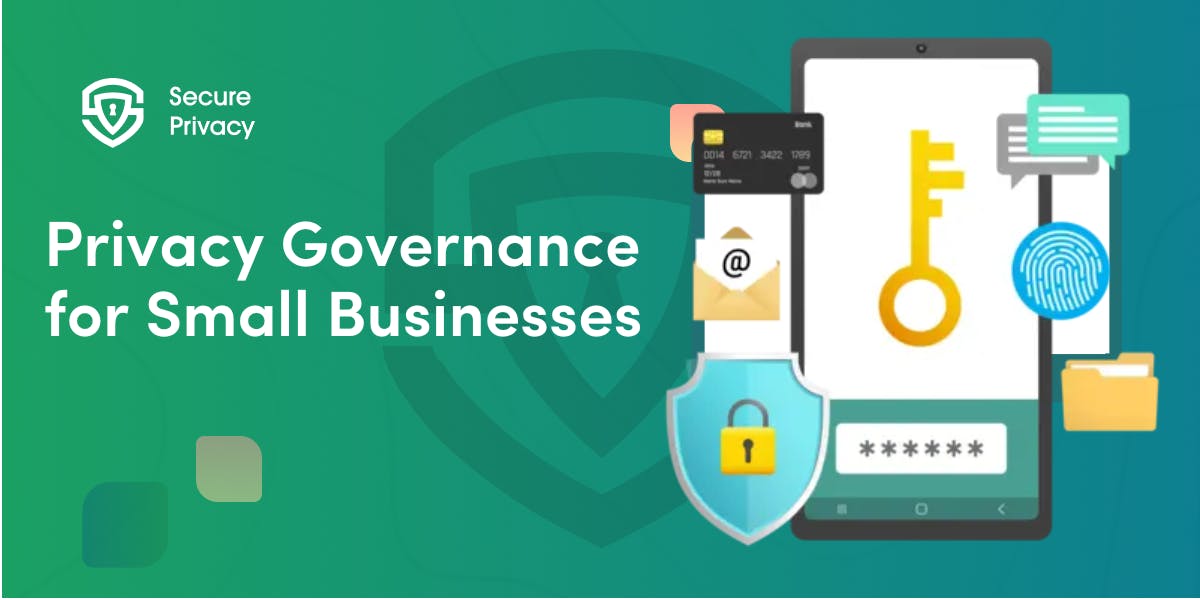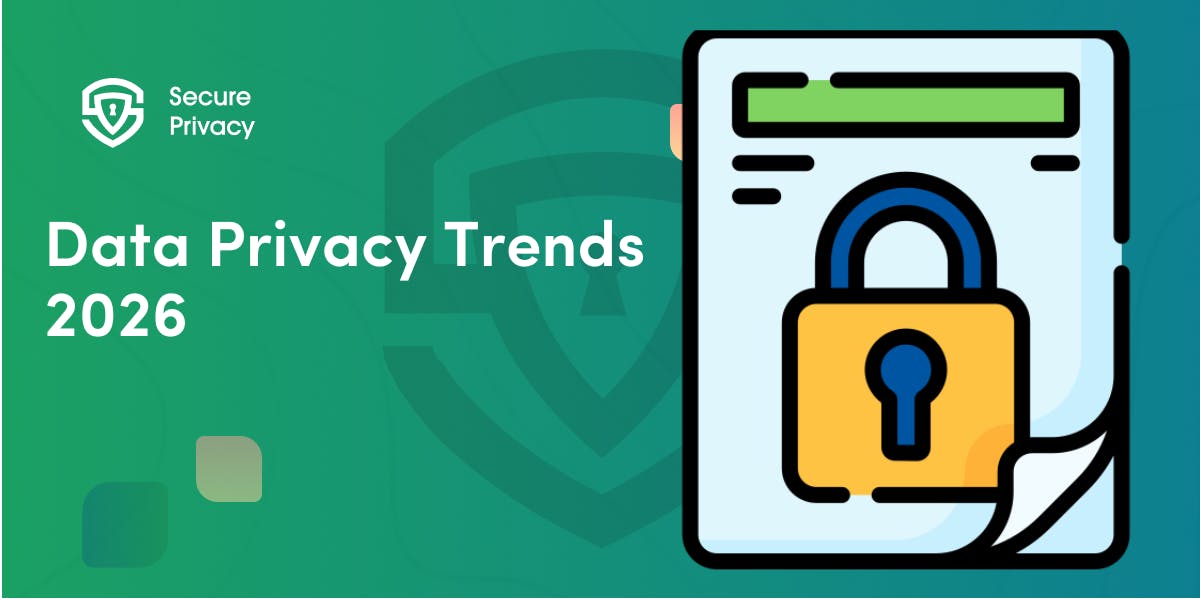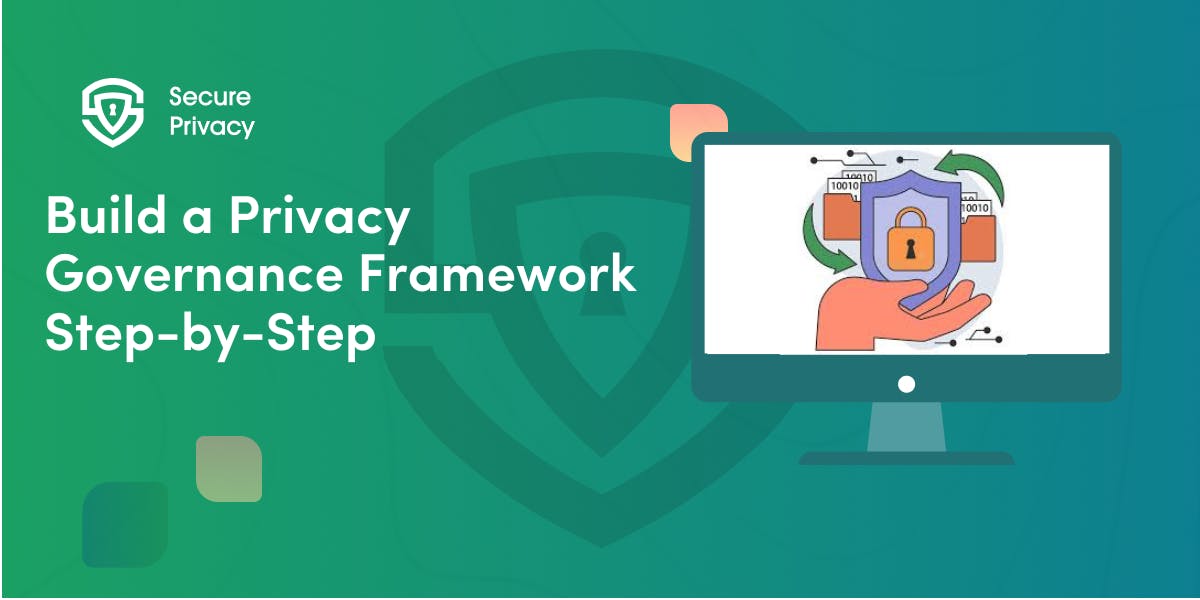What Is a Consent Management Platform? (And Why You Need One)
Your website probably has more tracking technologies than you realize, and each one could be a compliance violation waiting to happen. If you're still managing cookie consent with basic banners or generic templates, you're missing the bigger picture of what modern privacy compliance actually requires.
A Consent Management Platform transforms privacy compliance from a complex legal puzzle into an automated system that protects your business while respecting user choice. Most website owners think a simple cookie popup solves their privacy problems, but that banner is just the tip of the iceberg.
Behind every compliant website is sophisticated consent management software that collects consent, stores preferences, syncs data across platforms, and maintains audit trails that regulators expect to see. Understanding what these platforms do — and why you probably need one — could save you from regulatory penalties and user trust issues that damage brands permanently.
What Is a Consent Management Platform? (CMP Meaning Explained)
The Simple Definition
A Consent Management Platform is a privacy compliance tool that handles the entire lifecycle of user consent for data processing. While cookie banners just ask users for permission, these platforms collect that permission, store it securely, sync preferences across all your marketing tools, and maintain detailed records that prove compliance during audits.
Think of a consent platform as the central nervous system for your website's privacy compliance. Every time a user makes a choice about cookies or data sharing, the system records that decision, communicates it to all relevant systems, and ensures those preferences are respected across your entire digital ecosystem.
Core Platform Functionality
Consent collection goes far beyond simple yes/no decisions. Modern consent management software presents granular choices that let users accept some data uses while rejecting others.
They handle complex scenarios like different consent requirements for different geographic regions. EU users see GDPR-compliant options while California users get CCPA-appropriate choices.
Preference management means storing and updating user choices over time. When someone changes their mind about data sharing or new regulations require consent updates, these platforms handle changes automatically while maintaining compliance audit trails.
Data synchronization ensures that user preferences get communicated to every tool in your marketing stack. Your analytics platform, advertising pixels, email marketing system, and CRM all need to know what each user has consented to — consent platforms make this coordination automatic. Modern CMPs must handle complex integrations like Google Consent Mode v2 to transmit real-time privacy signals.
We've compared the best 2025 CMPs here. You can also look at how Secure Privacy compares to OneTrust and Usercentrics specifically.
Why Are Consent Platforms Important?
Legal Requirements Keep Expanding
GDPR consent management requires explicit consent for non-essential data processing, with specific requirements for how consent is collected, stored, and documented. The regulation demands granular consent options, clear withdrawal mechanisms, and comprehensive audit trails that simple cookie banners can't provide.
CCPA consent platform requirements and state privacy laws create additional complexity with different consent models and user rights. Global privacy expansion means new regulations appear regularly across different countries and regions.
Brazil's LGPD, Canada's PIPEDA updates, and emerging Asian privacy laws each require specific consent mechanisms. Modern platforms can adapt to these without requiring complete compliance overhauls.
Operational Benefits Beyond Compliance
User trust building happens when privacy choices feel transparent and user-friendly rather than manipulative or confusing. Well-designed consent management software creates experiences that demonstrate genuine respect for user autonomy.
This builds long-term relationships that support business growth. Marketing optimization becomes possible when you understand exactly what users have consented to and can segment campaigns accordingly.
Sophisticated platforms provide detailed analytics about consent patterns that inform marketing strategies while maintaining compliance. Competitive differentiation emerges when your privacy practices become selling points rather than compliance burdens.
Businesses that handle privacy transparently often win customer loyalty and market share from competitors with poor privacy practices.
How Consent Platforms Work (Behind the Scenes)
Intelligent Banner Display
Geolocation detection automatically determines what consent options to show based on user location. EU visitors see GDPR consent management compliant granular choices, California users get CCPA opt-out options, and other regions receive appropriate consent mechanisms based on local requirements.
Dynamic content delivery adapts banner language, legal disclosures, and consent options based on your specific business model. The tracking technologies actually present on your website determine what consent requests appear.
Modern systems scan your site to identify all cookies and trackers, then generate accurate consent requests automatically.
Consent Logging and Audit Trails
Comprehensive documentation captures not just whether users consented, but when they consented. It records what specific options they were presented, what legal basis justified data collection, and how preferences changed over time.
This documentation satisfies regulatory audit requirements automatically. Real-time synchronization means consent preferences get communicated immediately to all relevant systems.
When someone withdraws consent, every connected platform stops processing their data instantly. This ensures continuous compliance across your entire technology stack.
Integration with Marketing Technology
Tag management integration works with Google Tag Manager, Adobe Tag Manager, Microsoft UET Consent Mode and other systems. It controls when tracking scripts fire based on user consent.
Only users who've consented to analytics see Google Analytics tracking. Only those who've agreed to advertising see remarketing pixels.
CRM synchronization ensures customer records accurately reflect consent preferences. This enables compliant email marketing, sales outreach, and customer service interactions.
Analytics platform coordination maintains measurement capabilities while respecting user choices.
Key Features to Look For in a Cookie Consent Tool
Multi-Regulation Support
Comprehensive legal coverage should include GDPR, CCPA/CPRA, LGPD, PIPEDA, and emerging state privacy laws. Your privacy compliance tool should receive automatic updates when regulations change.
Your consent platform should understand the nuances between different legal frameworks rather than applying one-size-fits-all approaches. Jurisdiction-specific optimization means presenting appropriate consent mechanisms for different regulatory environments without requiring separate implementations.
Regulatory monitoring ensures your consent mechanisms stay current as laws evolve.
We've compared the best 2025 CMPs here. You can also look at how Secure Privacy compares to OneTrust and Usercentrics specifically.
Granular Consent Categories
Detailed preference options let users make informed choices about different types of data processing. Standard categories include:
- Necessary cookies for basic functionality
- Analytics cookies for website optimization
- Marketing cookies for advertising and personalization
Custom category creation accommodates unique business models and specialized data processing activities. Clear explanations help users understand what they're agreeing to through plain language descriptions and concrete examples.
Advanced Integration Capabilities
Marketing platform connectivity ensures consent preferences reach every tool in your marketing stack automatically. This includes:
- Email platforms
- CRM systems
- Advertising networks
- Analytics tools
- Any other services that process user data
Developer-friendly APIs enable custom integrations and advanced consent workflows that match your specific business requirements. White-label options for agencies and enterprises allow branded consent experiences that match client requirements.
Platform vs. Cookie Banner: Not the Same Thing
Why Basic Banners Fall Short
Simple cookie banners just display consent requests without handling the complex backend requirements that regulations actually demand. They might collect user choices but often fail to store them properly.
They don't sync preferences across platforms or maintain audit trails that regulators expect. Static implementations can't adapt to changing legal requirements or evolving business practices.
Limited functionality means basic banners often create compliance gaps even when they appear to work correctly.
What Consent Platforms Add to the Picture
Complete compliance infrastructure handles every aspect of consent management from initial collection through ongoing preference updates. It maintains audit trail documentation throughout the entire process.
Modern platforms transform consent from a simple yes/no question into a comprehensive privacy management system. Automated legal updates ensure your consent mechanisms evolve with changing regulations without requiring constant manual intervention.
Business integration connects consent preferences with your entire marketing and analytics ecosystem. This ensures user choices are respected across all platforms and touchpoints.
Do You Need One? (Spoiler: Probably Yes)
You Definitely Need One If...
You use any tracking beyond strictly necessary cookies. This includes:
- Google Analytics
- Facebook Pixel
- Email marketing pixels
- Remarketing tags
- Any analytics that aren't essential for basic website functionality
Even simple website analytics require consent under most modern privacy laws. You serve users in regulated jurisdictions.
If anyone from the EU, California, Brazil, or other privacy-regulated regions visits your website, you need compliant consent management regardless of where your business is located.
You want to preserve marketing capabilities while staying compliant. Consent platforms enable sophisticated marketing strategies that respect user privacy, a core objective of policy consent management, while basic compliance approaches often require eliminating valuable marketing tools entirely.
You Might Still Need One If...
You're planning international expansion. Even if your current market doesn't require sophisticated consent management, expanding to new regions often triggers privacy compliance requirements.
These are easier to implement proactively. You're working with major platforms or partners.
Google, Facebook, and other major advertising platforms increasingly require sophisticated consent management for optimal functionality.
Transform Privacy Compliance Into Competitive Advantage
Consent Management Platforms represent the evolution of privacy compliance from reactive legal requirements to proactive business strategies. Organizations that implement sophisticated consent management don't just avoid regulatory penalties.
They build user trust that supports long-term business growth and competitive differentiation. The most successful businesses view privacy compliance as an opportunity to demonstrate genuine respect for user autonomy while maintaining effective marketing capabilities, a direct benefit of implementing policy consent management.
Advanced platforms make this balance achievable by automating complex legal requirements while preserving the personalization and analytics that drive business results. Your choice of consent management approach affects every aspect of your digital business.
This includes user experience and marketing effectiveness, regulatory compliance and competitive positioning. Modern privacy compliance isn't about choosing between business success and user privacy.
It's about implementing systems that achieve both goals simultaneously.
Frequently Asked Questions
Q: What's the difference between a CMP and a cookie banner?
A: Cookie banners just display consent requests, while CMPs handle the complete consent lifecycle including collection, storage, preference management, audit trails, and integration with all your marketing tools. A banner is the user interface; a CMP is the entire compliance infrastructure behind it.
Q: Do I need a CMP if I only use Google Analytics?
A: Yes, Google Analytics requires consent under GDPR and similar privacy laws because it's not considered "strictly necessary" for website operation. A CMP ensures you collect and document consent properly while enabling Google Consent Mode for privacy-preserving analytics when users decline tracking.
Q: How much does a Consent Management Platform cost?
A: CMP pricing varies widely from free options for small websites to enterprise solutions costing thousands monthly. Secure Privacy offers a free tier for getting started, with paid plans scaling based on website traffic and advanced features. Most businesses find CMP costs minimal compared to potential privacy violation penalties.
Q: Can CMPs work with my existing website and marketing tools?
A: Yes, Secure Privacy integrates with virtually any website platform and marketing technology stack. They work through APIs, plugins, and tag management integrations that connect with popular tools like Google Tag Manager, WordPress, Shopify, HubSpot, and hundreds of other platforms.
Q: How long does it take to implement a CMP?
A: Implementation time ranges from minutes for simple websites using automated setup to weeks for complex enterprise deployments with custom requirements. Most businesses can achieve basic compliance within a few hours using modern CMP platforms with automated configuration and scanning capabilities.
Q: Do CMPs slow down my website?
A: Well-designed CMPs have minimal performance impact and often improve perceived performance by properly managing when tracking scripts load. Advanced CMPs like Secure Privacy use optimized loading techniques and edge computing to ensure consent management doesn't affect user experience.
Q: What happens to my existing analytics data when I implement a CMP?
A: CMPs help preserve analytics capabilities through privacy-preserving modes and proper consent collection. While you may see some data reduction initially, most businesses find that transparent consent practices improve data quality and user trust over time, often leading to better long-term analytics insights.
Q: How do CMPs handle different privacy laws in different countries?
A: Advanced CMPs use geolocation detection to automatically show appropriate consent mechanisms based on user location. EU users see GDPR-compliant options, California users get CCPA disclosures, and other regions receive appropriate consent mechanisms without requiring separate implementations.
Q: Can I customize the appearance of consent banners with a CMP?
A: Yes, most CMPs offer extensive customization options including colors, fonts, messaging, positioning, and branding elements. Many provide white-label capabilities for agencies and enterprises. The key is ensuring customizations maintain legal compliance while matching your brand identity.
Q: What kind of support do CMPs provide for ongoing compliance?
A: CMP support varies by provider, but typically includes implementation assistance, ongoing compliance monitoring, regulatory update notifications, and technical support. Premium platforms like Secure Privacy provide dedicated compliance specialists who help with complex implementations and evolving regulatory requirements.
Get Started For Free with the
#1 Cookie Consent Platform.
No credit card required

Privacy Governance for Small Businesses: Step-by-Step Guide
You're a 20-person company. A customer asks for their data. Your marketing team just added a new tracking pixel. Your CRM vendor updated their terms. And you just realized you might need to comply with GDPR, CCPA, or both.
- Legal & News
- Data Protection

Data Privacy Trends 2026: What Every Business Needs to Know
You're planning next year's compliance roadmap, but the rules keep changing. New regulations emerge monthly. Enforcement penalties double overnight. And now, AI governance lands on your desk alongside data privacy obligations.
- Legal & News
- Data Protection

How to Build a Privacy Governance Framework: Step-by-Step Guide
Privacy governance isn't about checking regulatory boxes — it's about building systematic capability to manage personal data responsibly across your entire organization. Whether you're facing GDPR obligations, preparing for CCPA enforcement, or establishing foundational privacy practices, a structured framework transforms compliance from reactive firefighting into proactive risk management.
- Legal & News
- Data Protection

